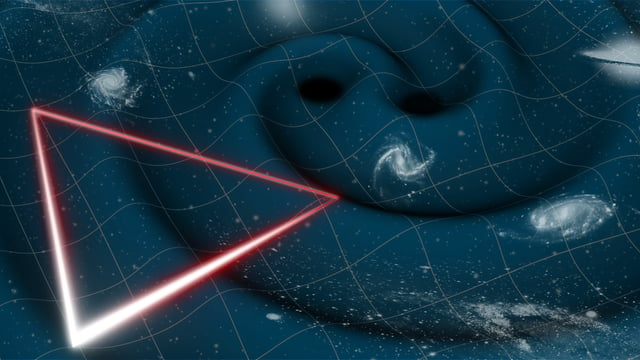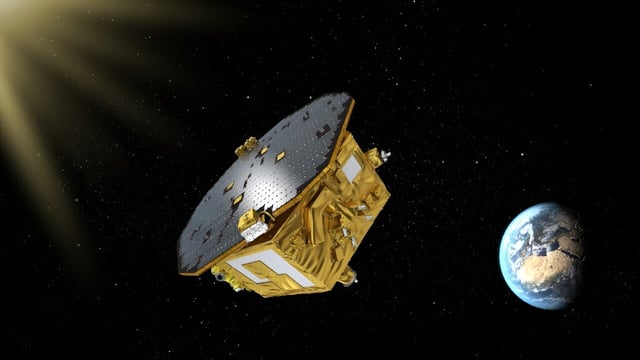Overview
- European Space Agency (ESA) has formally approved the Laser Interferometer Space Antenna (LISA) mission to detect gravitational waves in space.
- LISA, set to launch in 2035, will consist of three spacecraft flying in a triangular formation, each 2.5 million kilometers apart, exchanging laser beams to detect distortions caused by gravitational waves.
- Gravitational waves, predicted by Albert Einstein and first detected in 2015, are ripples in space-time caused by massive cosmic events like black hole collisions.
- NASA will be a major partner in the mission, providing key components including lasers, telescopes, and devices to reduce disturbances from electromagnetic charges.
- The mission, which has been in development for decades, is expected to provide significant insights into the history of the universe and the properties of supermassive black holes.



